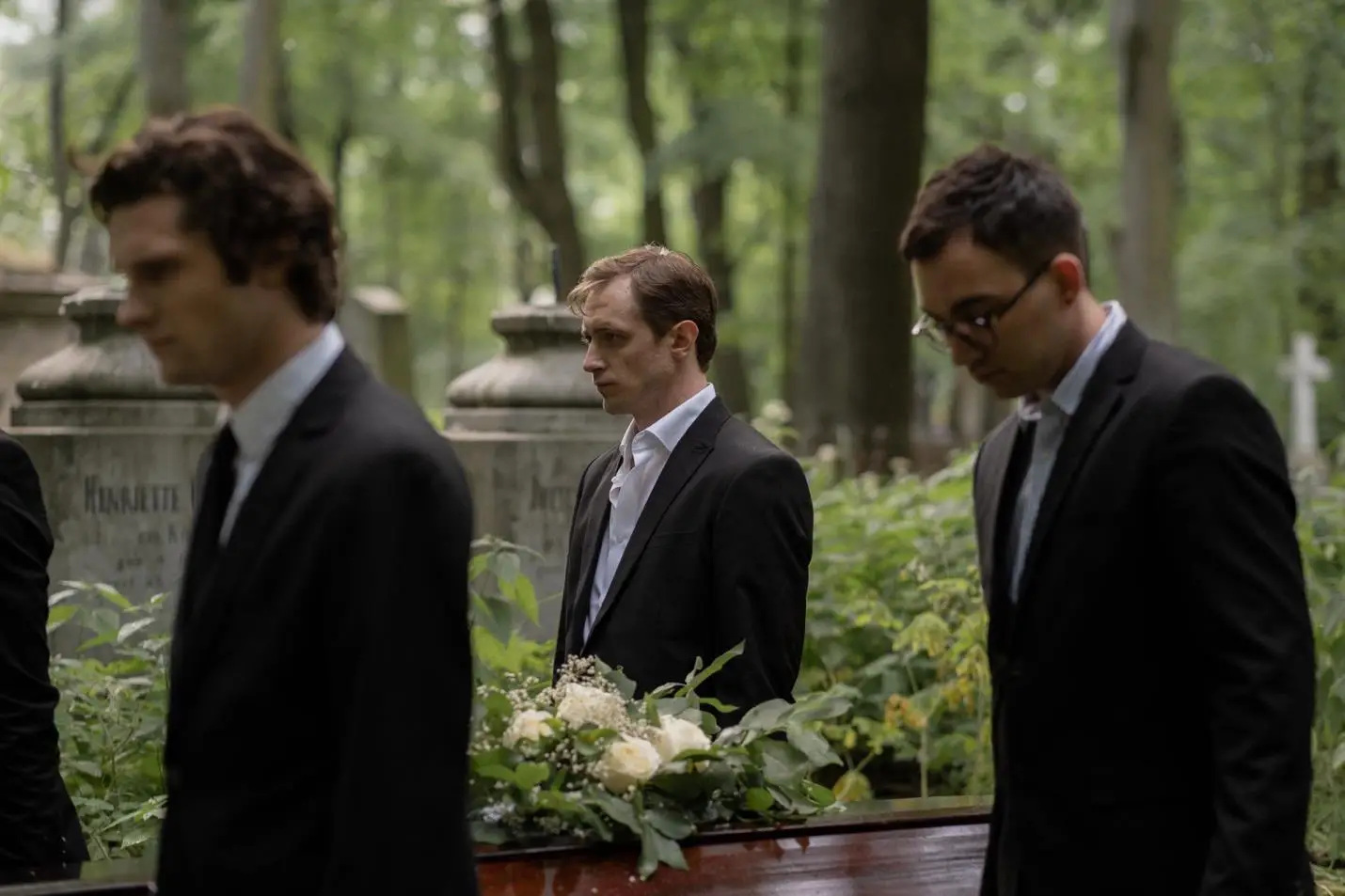The Essential Guide to Serving as a Pallbearer
Being chosen as a pallbearer for a funeral is both an honor and a privilege. This role signifies the meaningful connection you shared with the deceased, as well as the respect and trust the grieving family places in you to be part of their loved one's final farewell.

Although the position carries some responsibility, at its core, being a pallbearer is about offering support and care to the family during a challenging time.
As a pallbearer, you may experience a range of emotions, such as sadness, pride, and maybe a little anxiety. In this article, we will address the common questions and concerns that may come up when you are named a pallbearer and provide practical advice to ensure that your experience is as meaningful and seamless as possible.
Understanding the Role of a Pallbearer
What is a pallbearer?
A pallbearer is a person chosen by the family of the deceased to assist in carrying the casket during a funeral procession. The term "pall" refers to the cloth used to drape the casket, while "bearer" signifies the person tasked with shouldering the weight. In essence, a pallbearer is someone entrusted with the responsibility of helping bear the burden of a loved one's passing.
Across various cultures and throughout history, the role of the pallbearer has been deeply rooted in funeral traditions. In ancient Rome, pallbearers were often members of the deceased's family, while in other cultures, close friends or community members would take on this role. The tradition has evolved over time, but the underlying sentiment remains the same: pallbearers represent a close connection to the deceased, and their participation symbolizes the support and care they provide to the grieving family.

What does a pallbearer do?
In today’s funerals, the role of the pallbearer typically involves the following tasks:
1. Carrying the casket from the funeral service location to the hearse, and then from the hearse to the burial site.
2. Sitting in a specified area during the service, often at the front of the venue or near the casket.
3. Offering support to grieving family members.
How many pallbearers will there be?
The number of pallbearers required may vary depending on the size and weight of the casket, but it usually ranges from six to eight individuals.
What are the physical requirements of a pallbearer?
As previously mentioned, the role of a pallbearer typically involves carrying the casket from the hearse to the burial site, and in some instances, to the hearse after the funeral service concludes. The distance required for carrying the casket may vary depending on the burial site and the location of the service.
If you have concerns about your ability to carry the casket, we encourage you to speak with the funeral director prior to the service so that they can make appropriate arrangements. This could involve assigning you a specific carrying position for the casket or ensuring that additional support is available. Even if you cannot participate in the physical aspects of the pallbearer's duties, your role in the service remains significant and valued.
Preparing for Your Duties as a Pallbearer
How should I dress as a pallbearer?
Knowing how to dress for a funeral can be difficult. Many times, it depends on the type of service, the location where it’s being held, and the overall atmosphere of the event. For instance, a traditional funeral service at a church may call for more formal attire than a memorial gathering at an event venue.
If you are unsure of the expected attire, it’s usually safe to overdress rather than underdress for an event like a funeral. A good rule of thumb is to wear something you may wear to a professional job interview or wedding.
When should I arrive?
Plan on arriving early to the funeral service location, at least 45 minutes prior to the ceremony beginning. This will give you enough time to visit with the family, as well as communicate with the funeral director about your role in the service.
What if I can’t attend the service?
If you are named a pallbearer but are unable to attend the service, it’s usually best to reach out to a member of the family directly to let them know. Because funerals aren’t normally planned out very far in advance, families are usually very understanding and will appreciate your consideration and notification.
Navigating the Funeral Ceremony as a Pallbearer

If you’ve never participated in a funeral as a pallbearer, it can be a little intimidating not knowing where to be or what to do. Don’t worry though, you’ll have the funeral director there to guide you every step of the way :)
- When you first arrive at the ceremony location, find a member of the funeral home staff or ask the family to point out someone who is with the funeral home.
- After finding a member of the funeral home staff and letting them know you are a pallbearer, they may start by pinning a boutonniere (single flower) on your jacket or shirt to signify your role. They will then instruct you on your responsibilities for the service. This may include meeting 5-10 minutes before the ceremony begins at the back of the venue to be escorted to a specific seating area.
- If there will be a formal procession to the cemetery after the service, the funeral director may ask to park your car in a specified area.
- Unless you’ve been asked to speak or have a specific role in the ceremony, most pallbearers will not participate in the actual funeral service.
- After the service concludes, if the funeral director needs your assistance in transporting the casket to the hearse, they will call for you to come to the casket. In some cases, the casket will be rolled out by the funeral directors with the pallbearers leading the casket and assisting with placing it into the hearse.
- Once you arrive at the cemetery, it’s usually best to gather behind the hearse until the funeral director is ready to transport the casket to the grave site. Many times, the casket will need to be placed into the grave facing a specific direction. The funeral director will instruct everyone on how to turn the casket coming out of the hearse, as well as the path to take to the grave.
- After the casket is transferred to the burial site, pallbearers may have a specific area to stand while the ceremony concludes. If there’s no specific direction given, you can usually stand or sit wherever you would like.
Conclusion
Serving as a pallbearer is a meaningful and important role in honoring the memory of the deceased and providing support to their grieving family. By understanding your responsibilities, preparing yourself for the tasks, and navigating the funeral ceremony with grace and respect, you can fulfill your duties as a pallbearer with confidence.
Remember that communication is key – reach out to the funeral director or the family if you have any questions or concerns. Most importantly, remember that your presence and support during this challenging time mean a great deal to the family and loved ones of the deceased.
If you have any further questions or need more information, please feel free to contact us at Partlow Funeral Chapel. Our family is here to help guide and support you throughout this process.
